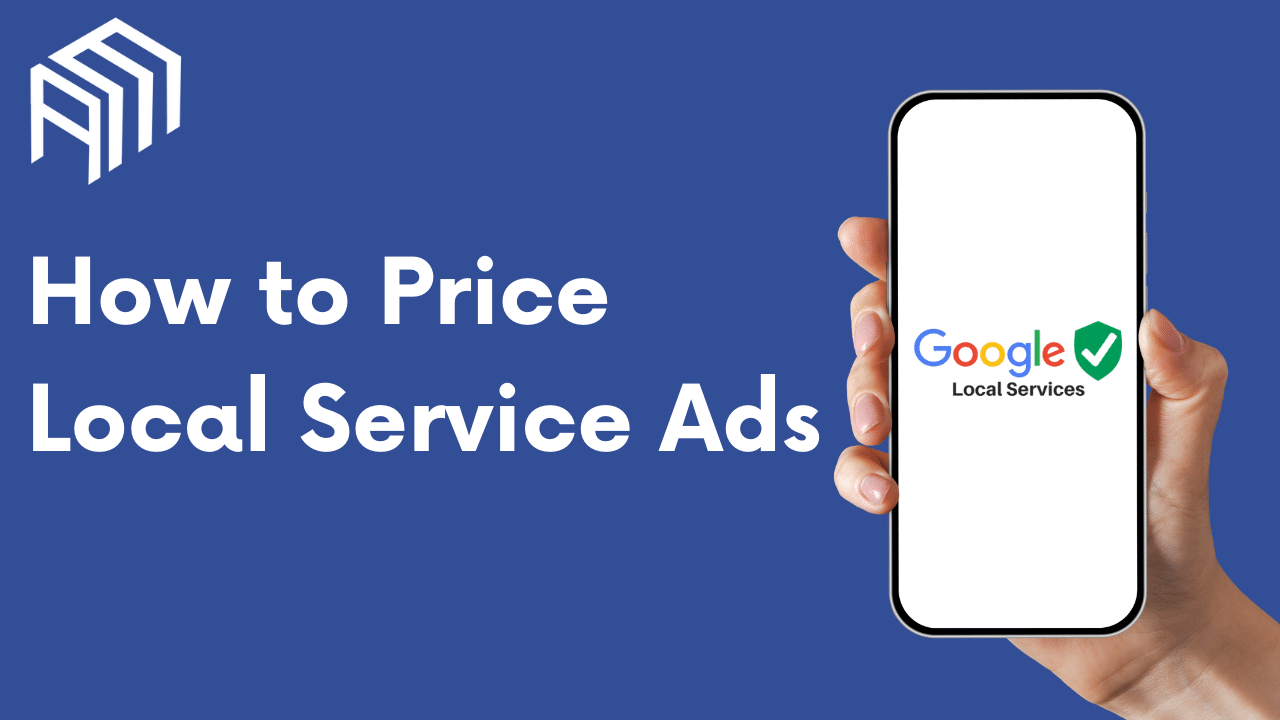In today’s digital age, where consumers rely heavily on online platforms to find local services, Google Local Service Ads have become a game-changer for small businesses. These ads help businesses connect with potential customers in their local area. However, one crucial aspect that businesses often grapple with is understanding Google Local Service Ads pricing. In this blog post, we’ll dive into the world of Google Local Service Ads pricing to demystify how it works and provide insights to help small businesses make the most of this powerful advertising tool.
Understanding Google Local Service Ads
Before we delve into pricing, let’s briefly understand what Google Local Service Ads (LSAs) are. These ads are a pay-per-lead advertising service offered by Google, specifically designed for service-based businesses like plumbers, electricians, locksmiths, and more. LSAs are displayed prominently at the top of Google search results when a user searches for local services, making them a valuable tool for businesses looking to attract local customers.
The Factors That Influence Pricing
Google Local Service Ads pricing is influenced by several factors, each of which plays a significant role in determining how much a business pays for this advertising service.
1. Cost-Per-Lead (CPL)
The cornerstone of LSAs pricing is the cost-per-lead (CPL) model. With CPL, you only pay when a potential customer contacts you directly through the ad. This contact can come in the form of phone calls or messages sent via the ad. Google only charges you when these interactions meet certain criteria, such as being relevant to your services and coming from a genuine potential customer.
2. Location Matters
Your business’s location is another critical factor affecting LSAs pricing. Google takes into account the geographic area you want to target. Businesses in highly competitive urban areas may experience higher CPLs compared to those in less crowded suburban or rural areas. The demand for services in your location plays a role in pricing.
3. Industry and Competition
Different industries have varying levels of competitiveness, which can impact pricing. For instance, industries with high demand and fierce competition may see higher CPLs. Conversely, industries with fewer players may enjoy more cost-effective leads.
4. Ad Budget
Your daily budget allocation for LSAs also influences pricing. Google allows you to set a daily budget, ensuring that your spending remains within your control. Managing your budget effectively is crucial to avoid overspending.
Strategies for Managing LSAs Pricing
Now that we’ve covered the factors that affect LSAs pricing, let’s explore some strategies to manage your budget effectively and get the most out of your Google Local Service Ads.
1. Set a Realistic Budget
Before diving into LSAs, carefully consider your budget. Calculate how much you’re willing to spend per lead and set a daily budget accordingly. Start conservatively and gradually increase it as you gain more experience and confidence in the system.
2. Monitor and Adjust Bids
Google provides options for setting bids based on how much you’re willing to pay for a lead. Keep a close eye on your ad performance and adjust your bids as needed. This flexibility allows you to optimize your spending based on the results you’re getting.
3. Utilize Negative Keywords
To further control costs, use negative keywords. These are keywords for which you don’t want your ad to appear. By specifying negative keywords, you can avoid irrelevant clicks and ensure that your budget is spent on leads that matter most to your business.
4. Track Your ROI
The ultimate measure of success with LSAs is the return on investment (ROI). Use tracking tools and analytics to measure the effectiveness of your ads. If you find that certain keywords or areas are consistently generating high-quality leads, consider allocating more of your budget to those areas.
Real-World Success with Google LSAs Pricing
To illustrate the effectiveness of Google Local Service Ads pricing, let’s look at a real-world example. Imagine a local plumbing company that decided to invest in LSAs. They set a daily budget, monitored their ad performance, and adjusted their bids based on results.
Over a few months, the plumbing company not only received more leads but also saw an increase in their customer base. They calculated their CPL and realized that, despite the initial concerns about pricing, LSAs were delivering valuable customers at a reasonable cost. Their ROI told a compelling story, demonstrating that LSAs were a worthwhile investment for their business.
Google Local Service Ads pricing may initially seem complex, but with careful planning and management, small businesses can harness the power of LSAs to attract local customers efficiently and cost-effectively. By understanding the factors that influence pricing, setting a realistic budget, monitoring and adjusting bids, and tracking ROI, businesses can make LSAs a pivotal part of their digital marketing strategy. As the plumbing company’s success story illustrates, when managed effectively, Google Local Service Ads pricing can lead to substantial growth for local service providers. So, don’t hesitate to explore this valuable advertising tool and watch your business thrive in the local market.


